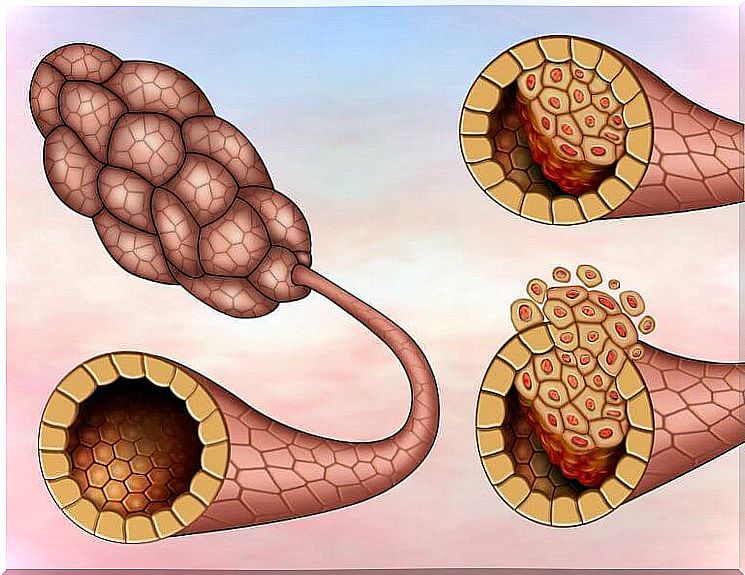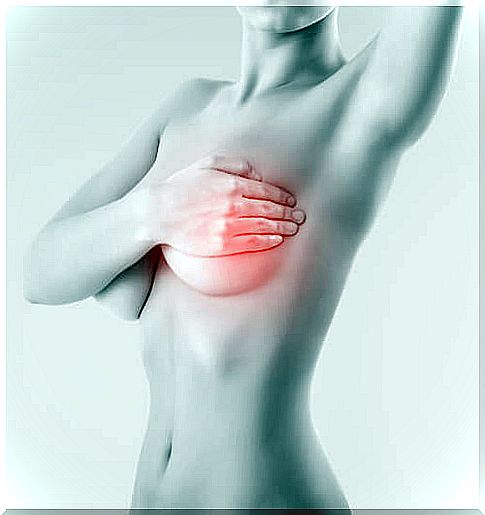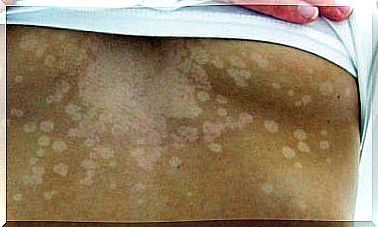Facts About Breast Cancer
Breast cancer is one of the most common types of cancer in women and the second leading cause of death. Men can also suffer from it, but this is less common.

Breast cancer, or breast cancer, is a chronic condition that occurs mostly in women, but in rare cases also in men. Check out our article today for all you need to know about breast cancer. The individual tumor cells form growths that can be benign or malignant. In the case of a malignant tumor, the cells of the breast tissue multiply without control and can also penetrate the surrounding breast tissue, the skin or the underlying muscles and destroy them. Knowing the facts and worth knowing about breast cancer is essential for early detection of this disease and for successful treatment.
Interesting facts about breast cancer: different types
A distinction is made between invasive and non-invasive breast cancer. In the invasive type, the tumor has already exceeded the tissue boundaries of the breast (gland ducts and glandular lobules) and is growing into the surrounding tissue. In this case, breast cancer is often not limited to the breast, but can spread to other parts of the body. In the non-invasive type of breast cancer, the tumor has not yet exceeded the natural boundaries of the breast, which means that the disease is localized. In addition, a distinction is made between the following types of breast cancer, depending on which area of the breast the cancer cells develop:
Ductal carcinoma

It is a very common type of breast cancer. The malignant cells develop from the milk ducts. If these only affect the milk ducts, one speaks of a ductal carcinoma in situ. However, if the cancer cells spread to other areas, it is invasive ductal cancer.
Lobular carcinoma
In this case, the tumor cells spread from the glandular lobules to other areas.
Other types of breast cancer
In rarer cases, a medullary, mucinous, tubular, metaplastic or papillary breast cancer can develop.
Causes of Breast Cancer

Usually the exact causes cannot be determined. One of the causes of breast cancer is genetic predisposition. However, we now know that no more than five to ten out of a hundred patients are actually inherited from risk. In men, genetic changes that can lead to breast cancer are much more common. In general, the risk of breast cancer increases after age 50, especially if there has been a family history of ovarian cancer or if menopause occurs very late. Other risk factors are:
- Obesity
- Alcohol addiction
- Ionizing radiation
- Hormone replacement therapy
- Early onset of menstruation
Symptoms and facts about breast cancer
In most cases, there are no clear symptoms in the early stages . Therefore, self-examinations and medical check-ups are of the utmost importance to detect this disease as early as possible. As breast cancer progresses, the following symptoms occur:
- Irregular, painless lumps or indurations in the armpit
- Changed shape, size, or texture of the breast or nipples
- Palpable lumps or indurations in the chest, which are usually not painful
- Foul smelling discharge from the nipple that may be yellow or green, including bloody discharge
- Retraction of the skin on the nipple
In men, breast cancer can lead to increased breast tenderness and pain. In addition, lumps and hardenings also appear. At an advanced stage, the following symptoms may occur:
- Skin ulcers
- Bone pain
- Chest pain
- Weakness and exhaustion
- Significant weight loss
- Swelling of the lymph nodes in the armpits
diagnosis

Diagnosing breast cancer begins with a physical examination of the breasts, armpits, chest, and neck area. Self-examinations should be carried out regularly every month in order to identify possible changes as quickly as possible. If breast cancer is suspected or if the patient is in the risk group, the doctor can use various tests to make a diagnosis. These include the following:
- Mammography: A method for the early detection of changes in the chest area (and other parts of the body).
- Magnetic resonance (MRT): Imaging procedure for the detailed representation of organs and tissues in order to detect possible changes.
- Ultrasound: This can also be used to examine different parts of the body and organs. It is a complementary imaging test to determine whether the tumor is liquid or not.
- Biopsy: A vacuum biopsy, a punch biopsy, or an open surgical biopsy can be performed.
- Computed tomography: This allows you to see whether the tumor cells have already spread outside the breast tissue or not.
- Lymph node biopsy: This can be used to determine whether the tumor has spread to the lymph nodes.
Things to Know About Breast Cancer: Treatment
The treatment takes various factors into account: the type of cancer, the stage and spread of the tumor, the sensitivity of the cancer to certain hormones and whether the disease produces an excess of the HER2 / neu protein. The most common forms of treatment include:
- Chemotherapy: Certain drugs destroy tumor cells.
- Radio or radiation therapy: The cancerous tissue is destroyed by ionizing radiation.
- Surgical intervention: In a lumpectomy, a small tumor is surgically removed (conserving the breast). In a mastectomy, the mammary gland and, depending on the case, surrounding structures are removed.
- Hormone Therapy: Hormone therapy can block hormones that promote the growth of malignant cells. Medicines are used to fight genetic changes in cancer cells.
In some cases, certain drugs may still be needed after treatment. Regular check-ups are essential because the tumor could develop again at any time.
credentials
“Cáncer de mama” (2009) MedlinePlus “Information general sobre el cáncer del seno (mama)” (2010) Instituto Nacional del Cáncer. Cover picture kindly provided by © wikiHow.com









